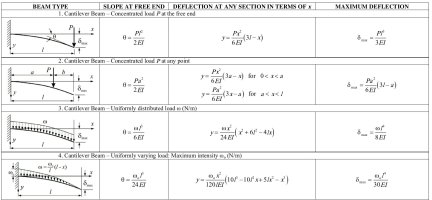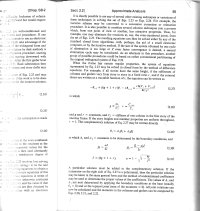Hi all,
I have a difference equation that is in the form:

The book that I am going through gives the complimentary solution to this equation as:

I have the values of g, r, V and C1, and also the values of beta 1 and beta 2. I just need to find the particular solution to add on to the complimentary solution. Then I can solve for the coefficients A1 and A2. I have looked high and low on the internet and cannot find anything that deals with a inhomogenious difference equation that has the form of this equation.
Please can somebody help? Even if you can not, please don't ignore this post. Please let me know your thoughts on it.
Many thanks in advance,
Tygra
I have a difference equation that is in the form:
The book that I am going through gives the complimentary solution to this equation as:
I have the values of g, r, V and C1, and also the values of beta 1 and beta 2. I just need to find the particular solution to add on to the complimentary solution. Then I can solve for the coefficients A1 and A2. I have looked high and low on the internet and cannot find anything that deals with a inhomogenious difference equation that has the form of this equation.
Please can somebody help? Even if you can not, please don't ignore this post. Please let me know your thoughts on it.
Many thanks in advance,
Tygra
Last edited:


